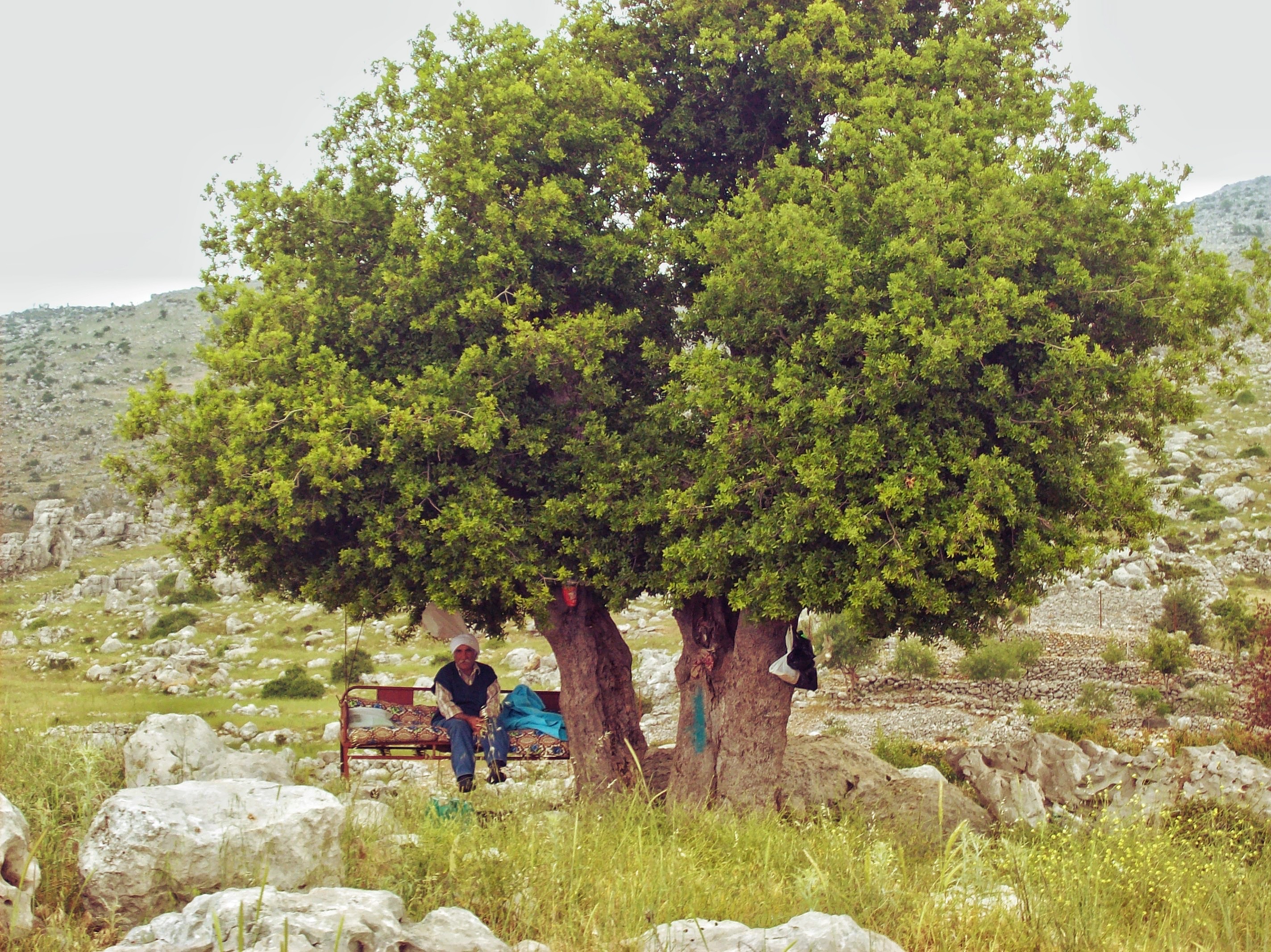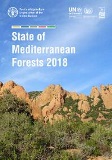Silva Mediterranea member countries and focal points
Highlights

The Mediterranean Forest Week
The Mediterranean Forest Week has been conceived as a common regional platform for cooperation on Mediterranean forests

Youth Task Force
The MYTF is a regional network of engaged young people up to 35 years old who are either from or living in the Mediterranean active in the forest sector.
.jpg?sfvrsn=1e09ab33_4)
Working Groups
The working groups are subsidiary bodies of Silva Mediterranea and represent the instrument of the Committee to accomplish its tasks
Latest

Barcelona (Spain)
Event
8th Mediterranean Forest Week (8MFW)
04/11/2024 - 08/11/2024
Save the date! The next edition of the Mediterranean Forest Week (MFW) will focus on the restoration of forest ecosystems in the Mediterranean...

Virtual Event
Event
Masterclasses on the Voluntary Carbon Market and its Climate Change Mitigation Potential
16/01/2024 - 09/04/2024
The Mediterranean...
Publications

Silva Mediterranea poster
2024
What is Silva Mediterranea and what does it do? This poster summarizes the key information of the Committee on Mediterranean Forestry Questions, and presents its members as well as its youth branch, the Mediterranean Youth Task Force.

The Strategic Framework on Mediterranean Forests
2018
Important disparities between northern and southern rims of the Mediterranean are the result of both different degree of urbanization, industrialization and globalization of trade and tourism, and distinct population growth rates. As a consequence of socio-economic processes, forest landscapes and uses have suffered strong alterations and pressures causing drastic changes in vegetation structure and modifying the role of the primary sector in national economies.

State of Mediterranean Forests (SoMF) 2018
2018
The report is divided in three parts concentrating respectively on the importance of and threats to the Mediterranean landscape; Mediterranean forest-based solutions and approaches to address the drivers of forest degradation to the benefit of populations and the environment; and a consequent mise en place of an enabling environment to scale up the afore-mentioned solutions.

Unasylva - No. 242 - A new dynamic for mediterranean forests 2014
2014
Mediterranean forests are interwoven with the lives of the people of the region, providing wood, cork and other products, as well as being a source of income for many. They contribute to the conservation of biodiversity, capture and store carbon, protect soil and water, and offer areas for recreation. Yet they are under increasing pressure from growing and shifting human needs and stresses due to climatic changes including temperature increases, reduced rainfall and prolonged periods of drought.

The State of Mediterranean Forests (SoMF) 2013
2013
Forest ecosystems and other wooded lands are an important component of landscapes in the Mediterranean region, contributing significantly to rural development, poverty alleviation and food security. The first edition of State of Mediterranean Forests is an opportunity to analyze data gaps and suggest improvements for future data collection under the various environmental assessment processes.

Unasylva - No. 197 - Mediterranean Forests
1999
Vast expanses of dense forest may not be a typical Mediterranean image. Mediterranean forests account for a mere 1.5 percent of the total wooded surface of the planet-but forests of the countries bordering on the Mediterranean Sea have played, and continue to play, a key role in the development of local civilizations. Forests in the region contribute to the production of products that are crucial to economic activity.
